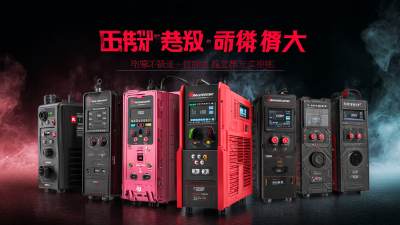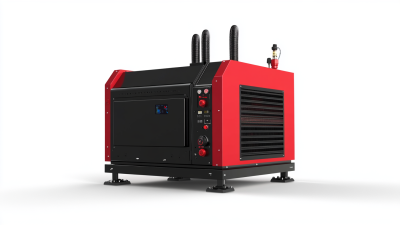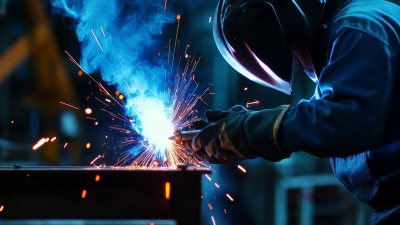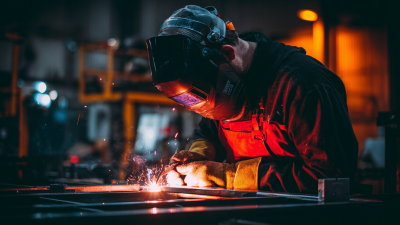The emergence of Inverter Welding Machines is transforming the welding industry by offering an impressive 30% increase in efficiency compared to traditional welding methods. According to a report by Global Industry Analysts, the demand for portable and lightweight welding equipment continues to soar, with inverter technology being a key driver of this trend.
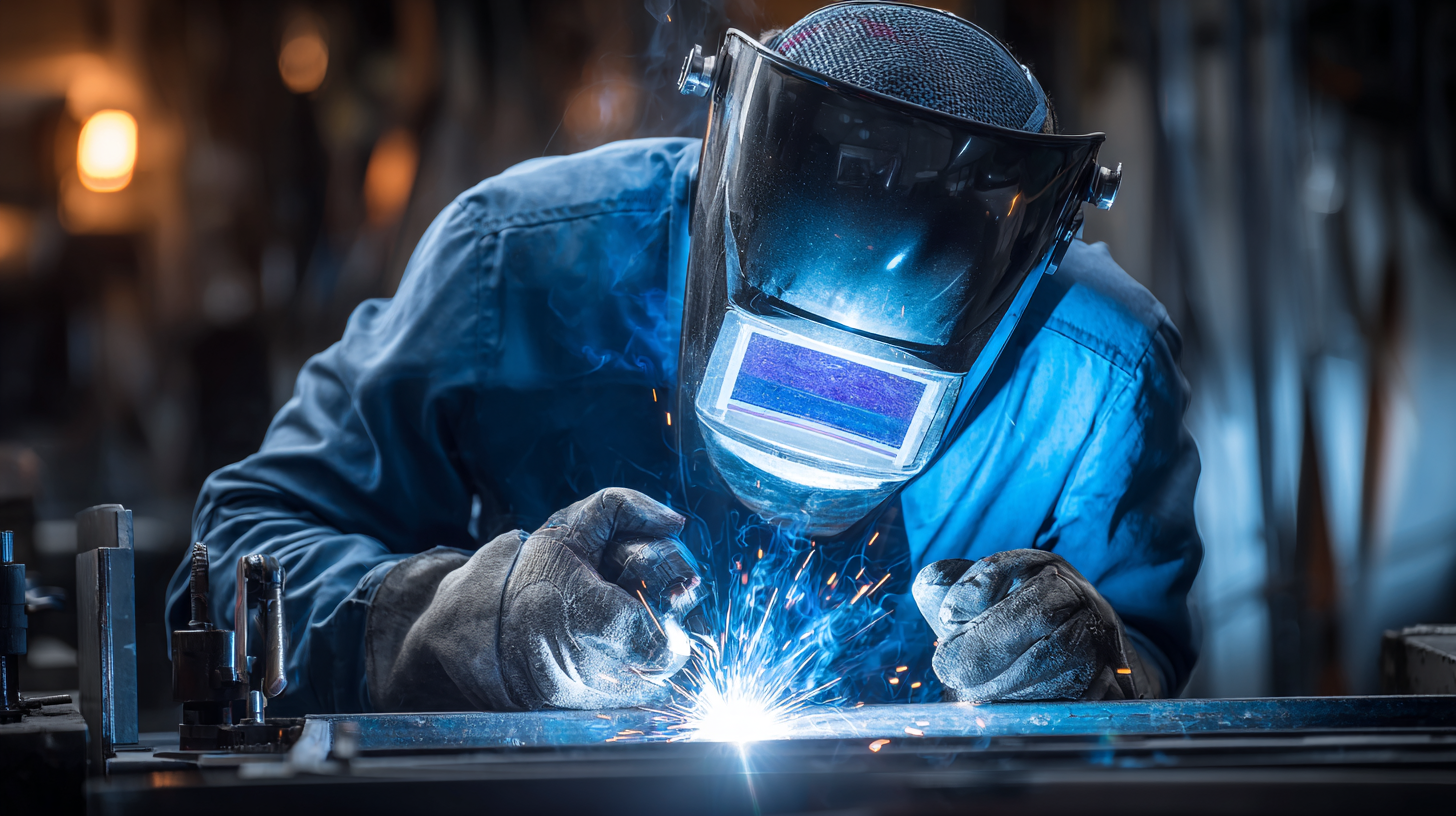 These machines are not only more energy-efficient but also provide enhanced control, making them ideal for various applications—from automotive to construction. As highlighted by the American Welding Society, the adoption of inverter welding technology has enabled professionals to achieve higher quality welds with less waste and reduced overall project timelines. With the industry moving towards more sustainable practices, the efficiency and performance of Inverter Welding Machines represent a significant advancement that is shaping the future of welding.
These machines are not only more energy-efficient but also provide enhanced control, making them ideal for various applications—from automotive to construction. As highlighted by the American Welding Society, the adoption of inverter welding technology has enabled professionals to achieve higher quality welds with less waste and reduced overall project timelines. With the industry moving towards more sustainable practices, the efficiency and performance of Inverter Welding Machines represent a significant advancement that is shaping the future of welding.
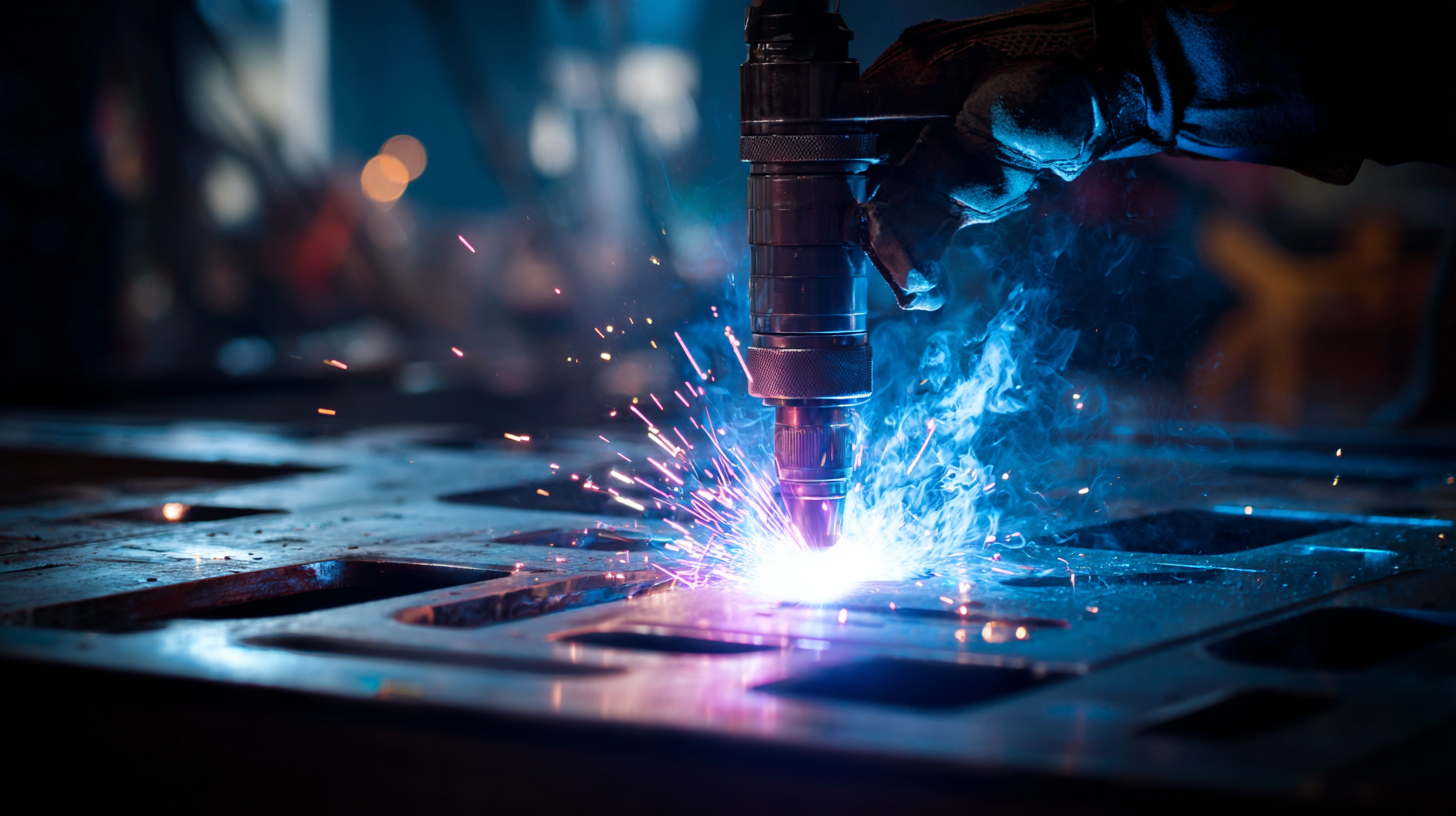 Inverter technology has transformed the welding industry by significantly enhancing the efficiency and versatility of welding machines. At its core, inverter welding machines utilize high-frequency power conversion, which allows them to efficiently transform input voltage into a more stable output current. This process minimizes energy loss, resulting in up to 30% greater efficiency compared to traditional welding machines that rely on transformer-based designs.
Inverter technology has transformed the welding industry by significantly enhancing the efficiency and versatility of welding machines. At its core, inverter welding machines utilize high-frequency power conversion, which allows them to efficiently transform input voltage into a more stable output current. This process minimizes energy loss, resulting in up to 30% greater efficiency compared to traditional welding machines that rely on transformer-based designs.
The mechanism behind inverter technology lies in its ability to adjust the welding parameters dynamically. Inverters convert AC power to DC using semiconductor devices, which provide precise control over the output current and voltage. This adaptability not only leads to smoother arcs and better penetration but also allows welders to work with a wider range of materials and thicknesses.
The lightweight and compact design of inverter machines further enhances their portability, making them an ideal choice for various welding applications across different industries.
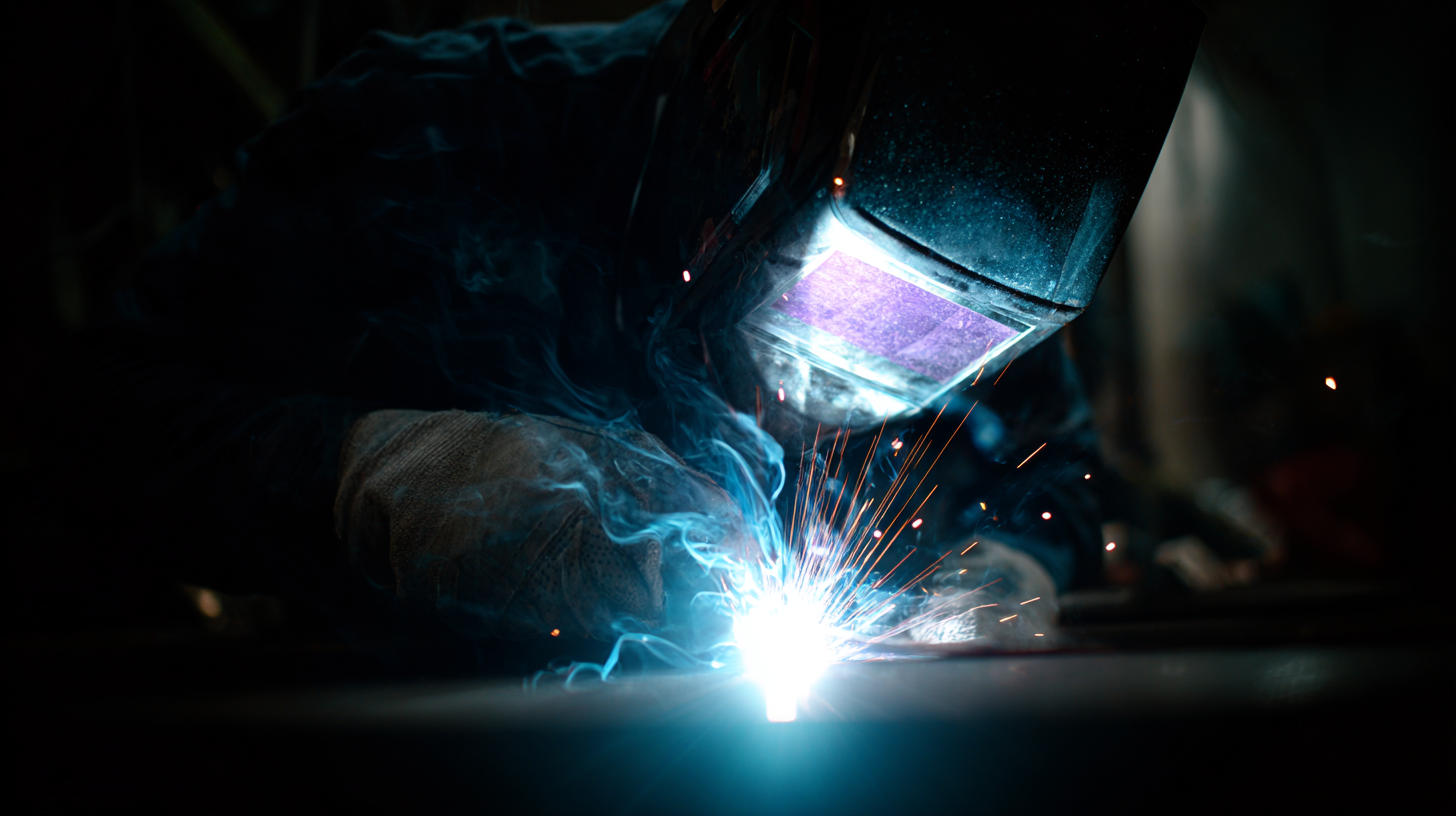 In the welding industry, inverter welding machines are setting new standards by offering approximately 30% greater efficiency compared to conventional welding systems. This comparative analysis underscores the technological advancements that inverter systems bring, particularly in applications involving heavy-duty welding tasks, such as tunnel shield machines, which require robust welding for thick plates. Recent studies reveal that inverter technology facilitates better heat source modeling and penetration control, essential for achieving optimal weld quality in complex frameworks.
In the welding industry, inverter welding machines are setting new standards by offering approximately 30% greater efficiency compared to conventional welding systems. This comparative analysis underscores the technological advancements that inverter systems bring, particularly in applications involving heavy-duty welding tasks, such as tunnel shield machines, which require robust welding for thick plates. Recent studies reveal that inverter technology facilitates better heat source modeling and penetration control, essential for achieving optimal weld quality in complex frameworks.
The integration of inverter welding machines enhances operational precision, which translates into reduced energy consumption and lower operational costs. Industry reports indicate that welders can accomplish more tasks in less time, significantly boosting productivity. Moreover, inverter welders often provide a smoother arc and better control over the welding parameters, making them preferable for critical applications that demand reliability.
Tips: When transitioning to inverter welding technology, ensure to invest in proper training for your team to maximize efficiency gains. Evaluate the specific needs of your projects to select the right inverter model that aligns with your operational goals. Lastly, regular maintenance checks on your equipment can prolong service life and enhance performance efficiency.
In recent years, inverter welding machines have transformed the welding industry by delivering significant cost savings and enhanced productivity. According to a report from the American Welding Society, inverter machines can increase efficiency by up to 30% compared to traditional welding systems. This boost in performance not only results in faster job completion but also reduces energy consumption, leading to lower operational costs. As industries strive for profitability, the ability to complete tasks more quickly while using less electricity presents a compelling financial advantage.
Moreover, the versatility of inverter welding machines allows for a broader range of applications, contributing to greater productivity on job sites. A study conducted by the International Institute of Welding indicates that these machines can seamlessly switch between different welding processes, such as MIG, TIG, and stick welding, without the need for extensive equipment changes. This adaptability minimizes downtime and maximizes output. Additionally, with their lightweight and portable design, inverter machines enable welders to perform tasks in various locations more efficiently, further enhancing overall productivity in the welding sector.
The adoption of inverter welding technology is set to significantly reduce the environmental impact associated with traditional welding processes. With efficiency gains of approximately 30%, inverter welding machines not only enhance productivity but also facilitate a more sustainable approach to industrial operations. Specifically, the shift towards inverter technology aligns with the growing demand for energy efficiency across various sectors, including automotive manufacturing. Data from recent energy efficiency reports indicate that the integration of advanced welding technologies can lead to noticeable reductions in energy consumption in auto assembly plants, pivotal in the drive towards greener manufacturing practices.
Moreover, the electrification trend in the automotive market is driving a substantial increase in the demand for materials like copper, especially for electric vehicle (EV) motors. This heightened demand for efficiency also extends to welding operations, where inverter machines utilize less energy and generate fewer emissions compared to traditional options. Thus, the environmental advantages of implementing inverter welding technology not only contribute positively to corporate sustainability goals but also resonate with industry-wide efforts to adopt cleaner production techniques, a crucial step as the landscape of manufacturing continues to evolve.
The welding equipment market is poised for significant growth, with estimates predicting a surge from $1.596 billion in 2025 to $2.722 billion by 2033, equating to a robust compound annual growth rate (CAGR) of 6.9%. This growth trajectory indicates a strong demand for advanced welding technologies, particularly in the realm of inverter welding machines, which offer greater efficiency and versatility.
Beyond inverter systems, the welding industry is witnessing a wave of innovations that are poised to further transform welding practices. Emerging technologies such as automated welding solutions, integration of artificial intelligence, and enhanced safety features are becoming increasingly prevalent. As such innovations continue to evolve, they promise to enhance productivity and streamline operations in various sectors, including construction, manufacturing, and automotive industries.
The focus on sustainability and energy efficiency will also drive the development of welding machines that not only perform better but also contribute to lower environmental impact, aligning with broader industry trends towards greener manufacturing practices.
